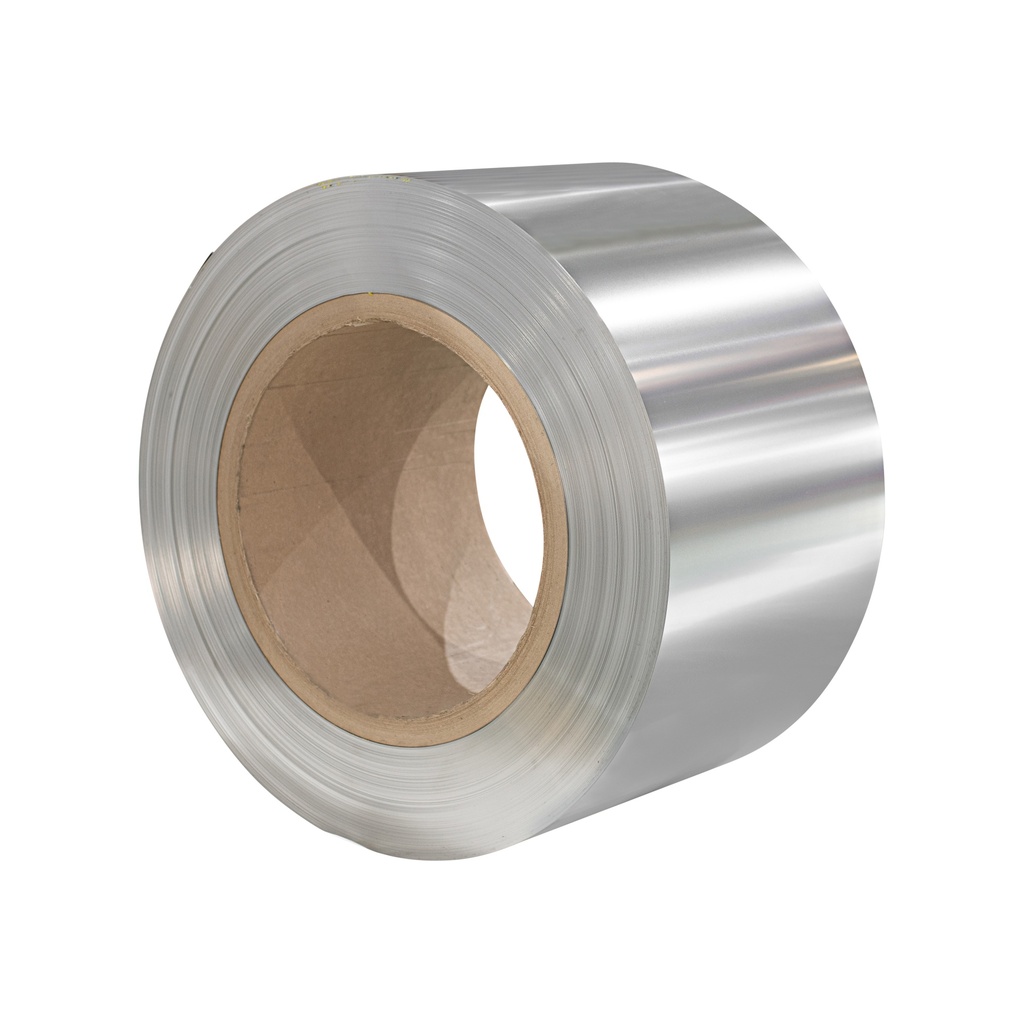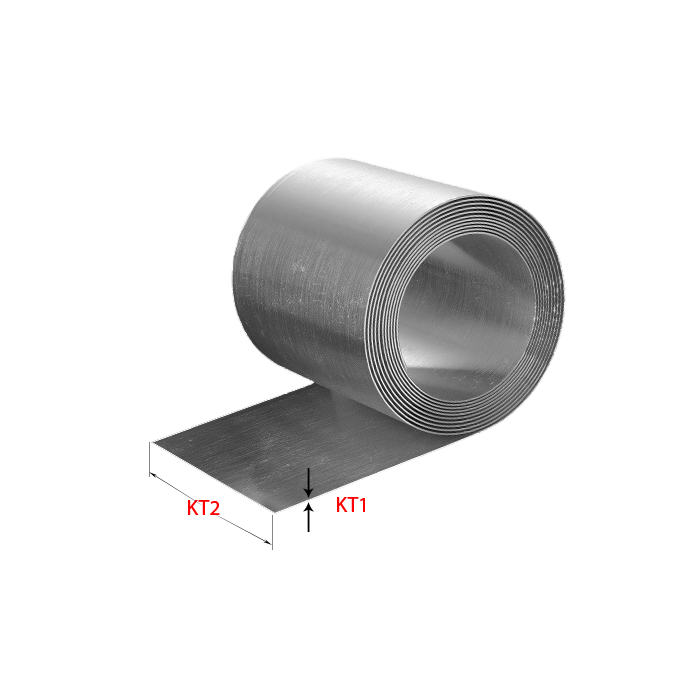THÔNG TIN CƠ BẢN
SK85 Carbon Steel is a high-carbon steel used in applications requiring high hardness and excellent wear resistance. SK85 is an upgraded version of SK5 with a higher carbon content, offering better hardness and mechanical strength.
Key Characteristics of SK85 Carbon Steel:
- Chemical Composition:
- Carbon (C): Approximately 0.80% - 0.90%
- Manganese (Mn): Approximately 0.60% - 0.90%
- Silicon (Si): Approximately 0.15% - 0.35%
- Iron (Fe): The remainder
- Physical Properties:
- High Hardness: SK85 steel has higher hardness than SK5 due to its higher carbon content, providing long-lasting sharpness and excellent wear resistance.
- Wear Resistance: Improved compared to SK5, SK85 offers better wear resistance, making it suitable for cutting tools and molds that require high durability.
- Weldability and Machinability: SK85 can be welded and machined, but care must be taken with welding conditions and temperature to avoid reducing its mechanical properties.
- Applications:
- Cutting Tools: Used in the production of cutting tools such as knives, saw blades, and other tools requiring hardness and sharpness.
- Molds: Used for manufacturing molds and dies due to its wear resistance and ability to maintain shape.
- Machinery and Construction: Applied in machinery and construction components requiring high strength and wear resistance.
- Shape and Size:
- SK85 steel is typically supplied in forms such as bars, plates, or coils depending on the specific application requirements.
Manufacturing and Processing:
- SK85 steel is produced through steelmaking and hot or cold rolling processes to achieve the desired mechanical properties. It can then be heat-treated to improve hardness and other mechanical characteristics.
(Source: Internet)
Key Characteristics of SK85 Carbon Steel:
- Chemical Composition:
- Carbon (C): Approximately 0.80% - 0.90%
- Manganese (Mn): Approximately 0.60% - 0.90%
- Silicon (Si): Approximately 0.15% - 0.35%
- Iron (Fe): The remainder
- Physical Properties:
- High Hardness: SK85 steel has higher hardness than SK5 due to its higher carbon content, providing long-lasting sharpness and excellent wear resistance.
- Wear Resistance: Improved compared to SK5, SK85 offers better wear resistance, making it suitable for cutting tools and molds that require high durability.
- Weldability and Machinability: SK85 can be welded and machined, but care must be taken with welding conditions and temperature to avoid reducing its mechanical properties.
- Applications:
- Cutting Tools: Used in the production of cutting tools such as knives, saw blades, and other tools requiring hardness and sharpness.
- Molds: Used for manufacturing molds and dies due to its wear resistance and ability to maintain shape.
- Machinery and Construction: Applied in machinery and construction components requiring high strength and wear resistance.
- Shape and Size:
- SK85 steel is typically supplied in forms such as bars, plates, or coils depending on the specific application requirements.
Manufacturing and Processing:
- SK85 steel is produced through steelmaking and hot or cold rolling processes to achieve the desired mechanical properties. It can then be heat-treated to improve hardness and other mechanical characteristics.
(Source: Internet)



